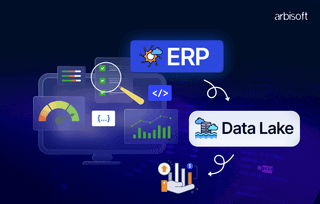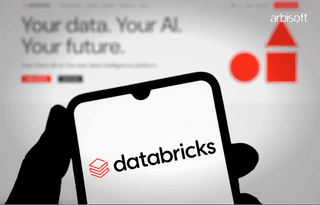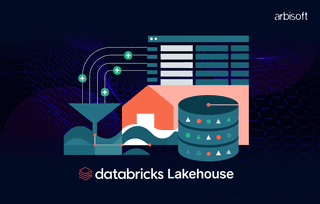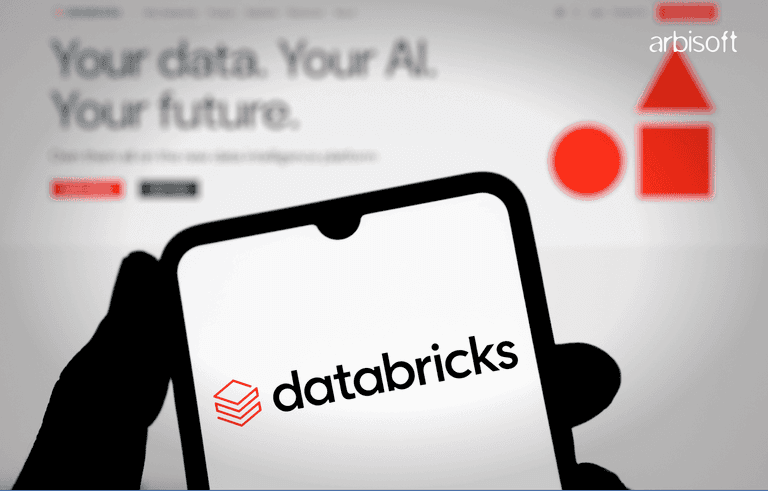We put excellence, value and quality above all - and it shows




A Technology Partnership That Goes Beyond Code

“Arbisoft has been my most trusted technology partner for now over 15 years. Arbisoft has very unique methods of recruiting and training, and the results demonstrate that. They have great teams, great positive attitudes and great communication.”
Databricks vs Traditional Data Warehousing: A Clear Comparison for Modern Data Engineering Needs with Databricks Architecture
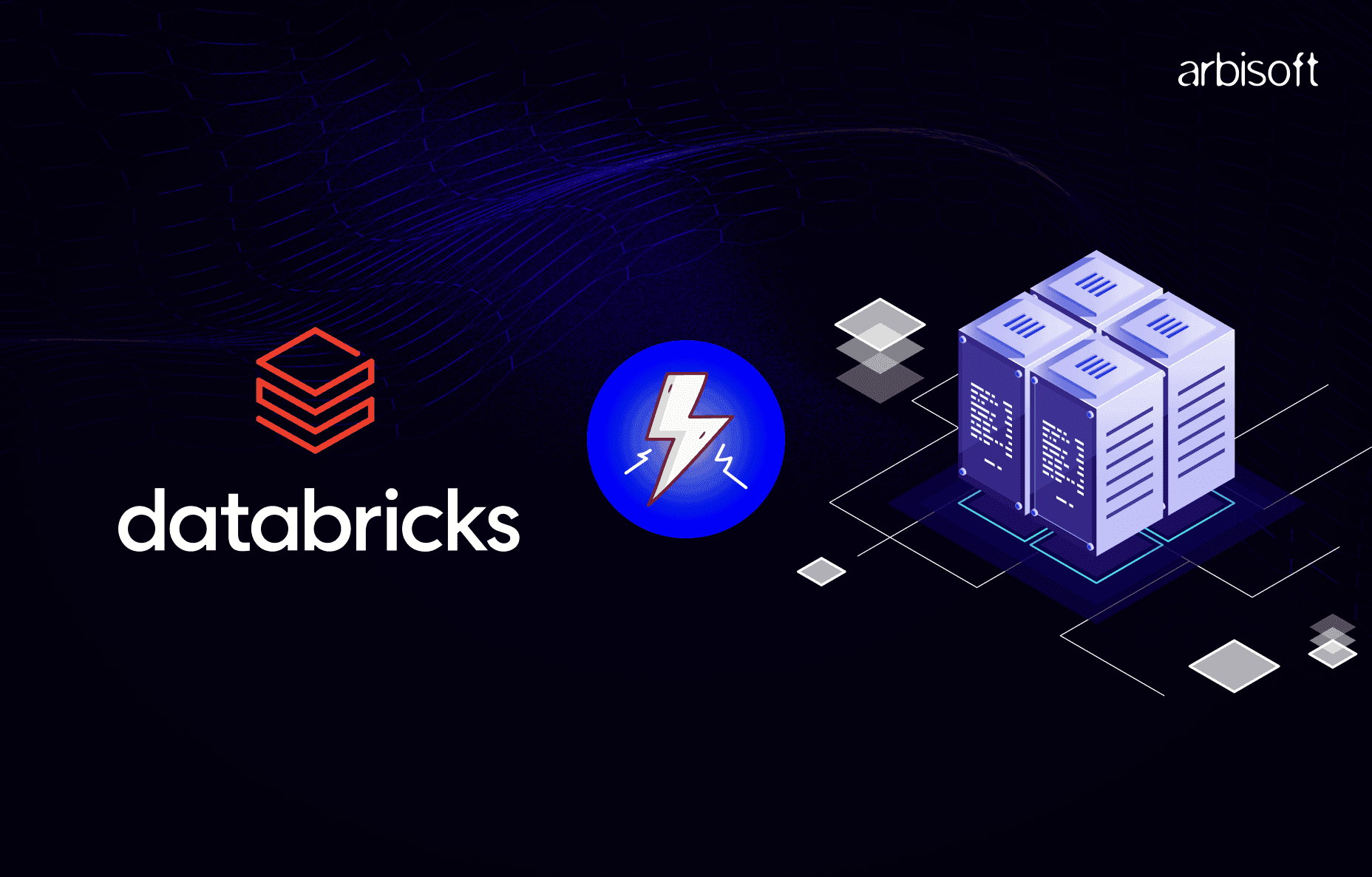
A Clear Comparison for Modern Data Engineering Needs with Databricks Architecture
We all remember when data warehousing was just about huge databases made for analytics. Fast forward to today, and the world has changed. The move toward flexible data architectures isn’t just a trend – it's a response to real problems that many of us face every day.
The Old School Approach
Do you recall when data warehouses were the new big thing? Back in 2015-2017, people spent countless hours setting up Redshift and SQL Server DW. They did it to escape the endless struggle with Excel. These platforms solved real problems. For instance, our finance team could finally run month-end reports without crashes or outages.
Traditional data warehouses still do what they were built for. Need reliable SQL queries with solid ACID reliability? Check. Want executive dashboards that impress the boss? Double check. They’re like that reliable car that always starts in the morning.

But today's data is messy – worse than a teenager’s room after finals week. Try handling streaming IoT data in a traditional warehouse or processing those chaotic JSON blobs without going crazy. You’ll spend days just trying to normalize the schema, then build some preprocessing layer to make it work. Trust us, it’s three days we’ll never get back.
Rethinking the Approach with Databricks
At first, we weren’t sold on the idea of the "lakehouse" – it sounded like another way to rebrand old tech. But after seeing it in action and struggling with our old setup, we started to get it.
Databricks doesn’t completely reinvent the wheel, but with the right Databricks consulting services, it becomes a highly practical solution tailored to your needs. It takes Apache Spark (which many of us were already using for heavy lifting) and adds Delta Lake to provide those crucial warehouse-like guarantees. It’s like someone finally listened to all the complaints data engineers have had for years.
What makes it so practical? With Databricks, you get ACID transactions without sacrificing schema flexibility. You can run fast SQL queries on the same data that your data scientists use for machine learning models. Plus, you're not stuck with a proprietary format that ties your data to a single vendor. Databricks even offers BI dashboards now, so your reporting flows stay in one place.
This approach isn’t about ditching SQL or structured data – it’s about expanding what's possible while still keeping what works. For teams juggling different data tasks, this is an appealing option.
Architecture: Not Just a Technical Detail
When we look at data platforms, architecture is more than just a technical concern; it shows what we can actually do. The differences in architecture between traditional warehouses and Databricks Lakehouse are pretty revealing.
Traditional warehouses were built with tightly coupled compute-storage models. This made sense when workloads were predictable, but it’s now limiting. You end up paying for unused resources during off-peak times and scrambling for capacity when traffic peaks.
Databricks separates storage and compute, which gives us more flexibility. Need to scale up compute for a big month-end analysis? You can do that without changing your storage setup. Once you experience this kind of flexibility, it’s hard to go back.
Another key difference is how data is managed. Traditional warehouses are great with structured data, but they treat semi-structured formats like JSON as second-class citizens. In contrast, Databricks handles structured, semi-structured, and unstructured data equally. This is important as more data sources come online. Also, your data stays in your cloud storage, giving you more control.
One of the biggest advantages is how Databricks optimizes performance. Instead of relying only on traditional indexing and materialized views, it uses Delta Lake’s optimizations, Photon for query speed, and Z-Ordering. The result? Great performance without the need to constantly manage indexes.
Data Engineering: Where the Rubber Meets the Road
For data engineers, the differences between these platforms really show in daily operations.
Take stream processing, for example. Traditional warehouses treat this as an afterthought, something extra that requires more tools. In contrast, Databricks offers native support through Structured Streaming and Auto Loader, making real-time data processing feel like a natural part of batch workflows.
Schema evolution is another pain point that highlights the difference. Anyone who’s tried changing table structures in a traditional warehouse knows how painful it can be. You need to plan carefully, deal with downtime, and run many tests. I still remember when one of our systems added a new column and renamed a few others. It broke all our dashboards during working hours. But with Databricks’ Delta Lake, schema changes are much smoother. The platform handles these changes well, reducing risk and complexity.

One capability that shows the modern approach is Change Data Capture (CDC). In traditional warehouses, setting up CDC requires complicated configurations and third-party tools. Databricks simplifies this with features like APPLY CHANGES INTO in Delta Live Tables, making incremental data processing much easier.
Databricks’ ELT (Extract, Load, Transform) approach also flips the traditional ETL model. By loading raw data first and transforming it within the platform, you get more flexibility. For example, when employees who left the company suddenly disappeared from our dashboards, we were able to track them in Databricks without any issues. The raw data was always available to reprocess.
The Tooling Ecosystem: More Than the Sum of Its Parts
The tools in each ecosystem reveal a lot about the philosophy behind them.
Traditional warehouses are focused on SQL. They excel at this, but when you need to expand into other areas like Python for data science, you end up exporting data to another environment. This constant switching between platforms disrupts analysis and creates data silos.
Databricks allows us to use SQL, Python, R, and Scala in one place. It may seem small, but staying within the same platform from data prep to analysis to machine learning makes everything flow better.
Machine learning is where the difference is most noticeable. Traditional warehouses treat ML as an afterthought, making it necessary to extract data and work in different tools. Databricks integrates MLflow, feature stores, and model serving directly into the platform. This integration simplifies the process from experiment to production.
Even something as basic as the development environment shows the difference. Traditional warehouses rely on external SQL editors, while Databricks uses notebooks that combine code, documentation, and visualization in one collaborative space. The first time we saw our junior engineer and senior analyst working together in real-time on the same notebook, we realized this was a game-changer.
Governance, Security, and Scalability: The Enterprise Realities
Let’s face it – even the best architecture is useless if it doesn’t meet enterprise needs around governance, security, and scalability.
Both traditional warehouses and Databricks offer solid security and access control, but they handle it differently. Traditional warehouses typically use role-based access controls with standard patterns. Databricks Unity Catalog unifies governance over all assets—from tables to ML models—providing a single source of truth for auditing and enabling precise, row-level security to ensure employees access only the data they need.
Data lineage is another challenge. In traditional warehouses, we had to use separate tools to track this. Our auditors would ask where a calculation came from, and we’d spend days finding the answer. In Databricks, lineage tracking is built directly into Delta Live Tables and Unity Catalog, making it much easier.

When it comes to scaling, Databricks is much more flexible. Our traditional warehouse required a lot of planning and discussions about whether to upgrade. But with Databricks’ autoscaling, clusters grow and shrink based on workload, and all of this happens automatically. During busy reporting times, we could actually leave work on time instead of babysitting jobs all night.
Databricks’ multi-cloud support is another huge advantage. We primarily use AWS, but recently inherited some Azure resources. With our traditional warehouse, this meant syncing issues and duplicated systems. Databricks works the same across both clouds, making it easier to manage.
When to Choose What: Practical Guidance
So when should you choose each option? Rather than saying one is better than the other, let’s be realistic:
Traditional data warehouses work best when:
- Your data is mostly structured with predictable patterns
- You rely heavily on BI reporting and dashboards
- Your ETL processes are well-established
- Real-time processing isn’t a priority
The Databricks Lakehouse works best when:
- You need to combine analytics, data science, and machine learning
- Your data includes a lot of semi-structured or unstructured components
- Real-time processing is critical
- You want openness and to avoid vendor lock-in
- Your compute needs change frequently, making decoupled storage/compute appealing
- You want to run AI tasks directly within SQL, like sentiment analysis, text summarization, or translation – tasks not commonly supported by traditional warehouses
In many cases, organizations are adopting a hybrid approach. They use traditional warehouses for established workloads but turn to Databricks for newer tasks that benefit from its flexibility.
Looking Ahead: Building on What Works
I’ve seen too many tech conversations that act like every new approach makes the old one obsolete. But that’s not the case here.
Databricks Lakehouse architecture is more of an evolution than a revolution. Many of us have invested years into data warehouses that still deliver huge value. We’re not suggesting that you throw them out.
What excites us about Databricks is how it bridges gaps without creating new silos. It’s like adding new tools to your toolbox without getting rid of the old ones. Your BI dashboards can still run – they just access data that’s now also available to your ML teams.
We’ve seen teams start small, perhaps with a project where streaming data made their traditional warehouse a mess. They kept their warehouse for existing workflows but added Databricks where it made sense. Over time, some moved more workloads to Databricks, while others maintained a hybrid approach.
The bottom line? Your data strategy should reflect your needs, not industry hype. If your warehouse is working, that’s great! But if you’re hitting limitations with diverse data types or real-time needs, it might be time to explore the lakehouse.
At the end of the day, it’s not about jumping on trends – it’s about building a data foundation that can grow with your business. Whatever helps you make better decisions faster is the right solution, no matter what label you put on it.








